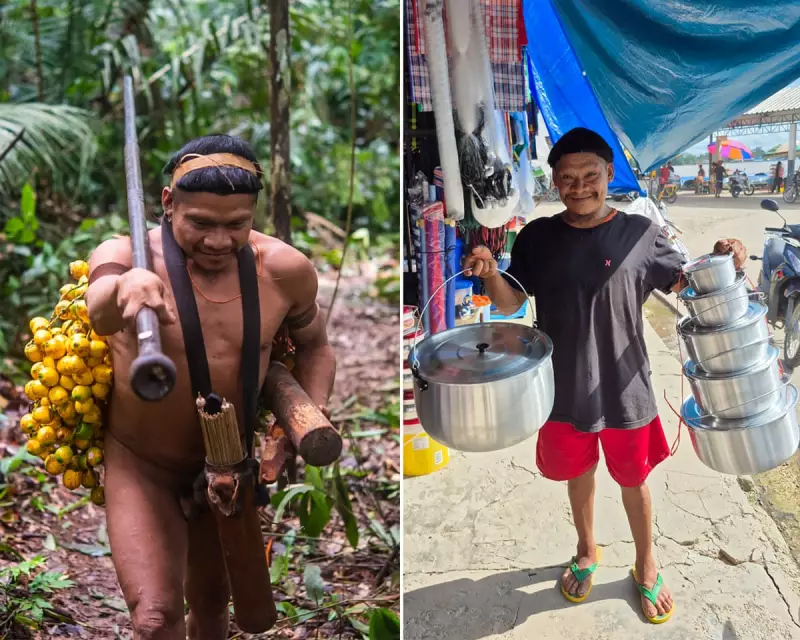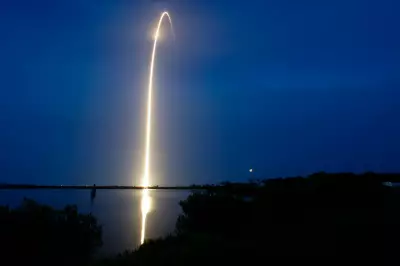
Deep in the Amazon rainforest, the Korubo people have long lived in isolation, untouched by modern civilisation. But recent contact with the outside world has brought an unexpected change: the arrival of Starlink, SpaceX’s satellite internet service.
A Leap into the Digital Age
For generations, the Korubo tribe resisted contact, fiercely protecting their way of life. Yet, after initial interactions with government agencies and anthropologists, the community faced a dilemma—how to preserve their traditions while adapting to the modern world.
Starlink became a bridge. With reliable internet access, the Korubo gained tools for education, healthcare, and communication. Elders could share their knowledge digitally, while younger members learned new skills online.
Challenges and Opportunities
Integration hasn’t been seamless. Some fear cultural erosion, while others see empowerment. "We want to choose what we take from the outside," said one tribesman. The internet, once a distant concept, is now a reality—bringing both risks and rewards.
Experts debate the ethics of introducing technology to isolated groups. Yet, the Korubo’s story highlights a nuanced truth: connectivity can be a force for self-determination, not just assimilation.
The Future of the Korubo
Today, the tribe navigates a delicate balance. Starlink has opened doors, but the Korubo remain the architects of their future. Their journey raises profound questions about isolation, integration, and the role of technology in indigenous communities.





